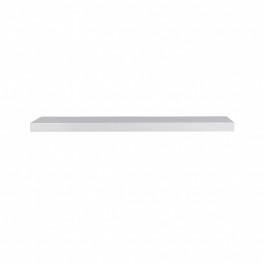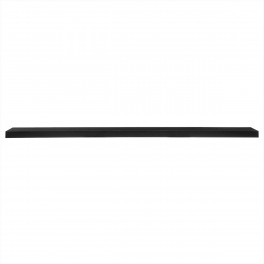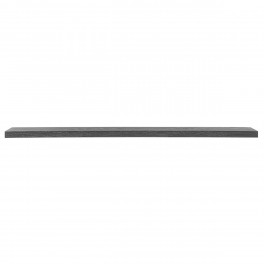Painting your house – or even just one or two rooms of your house – is a huge undertaking, as you’re probably well aware if you’re reading this. You’ve looked at paint swatches until you were cross eyed and perhaps got more paint on your clothes than on the wall, but you did it, and it’s looking fabulous. But now that the painter’s tape is down and the plastic tarps are rolled up, it’s time to figure out how to dispose of your old paint cans.
Leftover paint can be dangerous to the environment if it were to leak into the ground, so you can’t just toss old paint in your garbage along with those balls of blue tape you’ve collected. Instead, you’ve got to get rid of old paint cans properly, and here’s how you do it.
1. Know What Kind of Paint You’ve Got
- Oil-Based Paints. This kind of paint isn’t recyclable and will need to be disposed of through a household hazardous waste (HHW) program or dried out and thrown in the trash (more on that in a minute).
- Water-Based Paints. Water-based paints like latex and acrylic are easy to work with, easy to clean up, and able to be recycled. The most common paint option these days, latex paint isn’t considered hazardous waste and can be recycled, making it easier to dispose of latex paint properly following the guidelines below.
2. Use, Donate, or Recycle Leftover Paint
Let’s start with the scenario that you have a lot of paint left over but don’t really want to store it “just in case” you need it someday (though paint does have a long shelf life — 10 years for water-based and 15 for oil-based). There are plenty of things you can do with leftover house paint.
Not feeling crafty? Consider donating leftover paint (latex or oil-based). Where can you take old paint? You can bring it to a paint recycling center, a local school’s art program, a nonprofit like Habitat for Humanity, or to a friend who’s a big DIYer. A lot of neighborhoods also have community paint recycling programs for water-based paints, which can be reblended or reprocessed and used on community projects instead of new paint, which saves energy and keeps CO2 out of the air.
By the way, you can also buy recycled-content paint for your next project at various stores across the country or even pick it up free from your local HHW Collection Program.
3. Bring Old Paint Cans to Your Local HHW Program
If there’s not enough paint to donate and you’ve got a Household Hazardous Waste center near you, go ahead and arrange a paint drop off. Leftover oil-based paint will be incinerated along with most hazardous waste and any leftover water-based paint will be recycled.
4. Dry Out Old Paint for Disposal
Don’t have a HHW center near you? You can still get rid of old paint cans through your curbside garbage or recycling program if you dry the cans out first. can generally toss the paint can in your recycling bin. Even though latex paint isn’t classified as hazardous waste, most waste programs won’t accept it if it’s still wet. You’ll also need to dry out your oil paint before you can toss it in the trash. Fortunately, there are several ways to harden paint for disposal:
- Air Dry. If there’s just a little paint left, leave the can open (away from children and pets!) out in the sun and let nature do its work.
How long does it take for a can of paint to dry out? It definitely depends on how much paint is left in the can, but this process may take a day or two even for small amounts of paint. If you’ve got a lot of paint left, you may want to speed up the process a bit.
- Kitty Litter. If there’s too much paint left and it won’t harden out in the sun, you can actually use kitty litter to harden the paint instead. A clay-based litter works the best because it’s super absorbent, but any kind should work. Pour the leftover paint in a box or container and then toss in the trash when it’s hardened.
How much kitty litter per gallon of paint? Equal part kitty litter to paint will do the trick, so if you have 1 gallon of paint left, you’ll need 1 gallon of kitty litter.
- Newspaper. If you don’t have a cat, paper scraps will also work to help paint harden.
- Waste Paint Hardener. If you really need to pull out the big guns for all that leftover paint, you can purchase paint hardener from your local hardware store. About a cup of this powder will work its magic on a gallon of paint in just a couple of hours.
5. Recycle or Throw Away Cans
Once the paint is hardened, if there’s less than an inch of dried-out paint at the bottom, you can generally toss the paint can in your recycling bin (leaving the lid off lets waste management see that it’s empty or dried out). Because the can is steel, you should definitely recycle it if possible.
If there’s more than an inch of dried paint left (an amount that may vary slightly based on where you live), you’ll need to throw the can in the garbage instead of recycling it. Californians, even dry paint is banned from landfills where you live, so you really should consider donating your paint if you can.


































